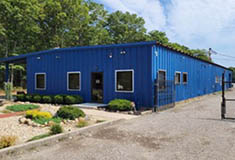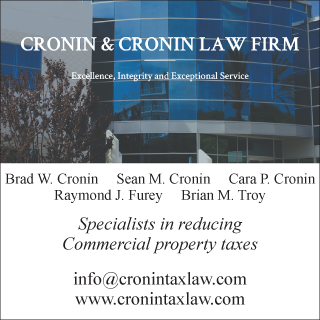Hunt Corp. Commercial Real Estate Question & Answer: Now is the time to sell

Q: Our company needs to expand out of a 20,000 s/f building we have owned for the last seven years. Do you have any recommendations on whether we should buy or lease larger quarters? Should we sell our present building?
A: Let me start by issuing a caveat: Your circumstances are individual and are probably best addressed by your CFO or accountant. In general, however, the commercial real estate market on Long Island today favors selling your existing real estate and leasing the replacement facility.
Why is this so? There is a wide disparity between the cost of purchasing and leasing commercial real estate on Long Island due to low-interest rates and an influx of purchasers relocating from Brooklyn and Queens. Many industrial buildings that have been sold recently had multiple buyers waiting in line to purchase. The demand for these building has far outstripped the supply.
For many years, we had a very stable relationship between purchasing and leasing, with the cost of purchasing approximately 10 times the cost of net leasing the same building. As an example, if you could net lease a building in the past for $7 per s/f net, you could expect to pay $70 per s/f to purchase the same building.
Today, a lease price of $9 per s/f may have a corresponding sale price of $150 per s/f. The cost of purchasing is nearly 17 times the cost to lease! If you are fortunate enough to own your present facility, you have the opportunity to make this leverage work for you by selling your existing building and leasing a new one. You will be effectively winning on two ends—capitalizing on both a strong market to sell, and on a relatively softer market to lease new space.
There are some added bonuses to this maneuver as well. A sale of your current facility frees up capital tied up in “bricks and mortar” and allows it to be spent on the core business activity of your firm. Leasing has become the preferred method of occupying real estate by Fortune 500 companies, as they intensify their efforts to concentrate on core business and outsource non-core functions. In addition, leasing provides your firm with an easy and known exit strategy. In a fast-changing business environment, flexible real estate terms are often the key to managing real estate costs. For these reasons, most of America’s largest companies have divested themselves of their real estate holdings and prefer to lease.
The very best way to analyze the objective side of the decision is a discounted cash-flow analysis of a sale vs. lease for both the disposition of your old facility and acquisition of the new one. This will give you the present-value cost of each alternative, allowing relatively easy financial comparisons. There may be other factors at work as well, some of them subjective, but this is a good place to start.
I recommend hiring a real estate professional to provide you with comparable numbers for selling your facility and leasing a new one, as well as assisting you with the financial analysis. There is a really good chance a windfall awaits you!
Do you have a question regarding commercial real estate? Email your question to commercial real estate Q & A, at [email protected] for possible inclusion in a future column.
David Hunt, MCR, CCIM, SIOR, is the president of Hunt Corporate Services, Inc., Plainview, N.Y.
Suffolk County IDA supports expansion of A&Z Pharmaceuticals


The evolving relationship of environmental consultants and the lending community - by Chuck Merritt
When Environmental Site Assessments (ESA) were first part of commercial real estate risk management, it was the lenders driving this requirement. When a borrower wanted a loan on a property, banks would utilize a list of “Approved Consultants” to order the report on both refinances and purchases.








.gif)
.jpg)